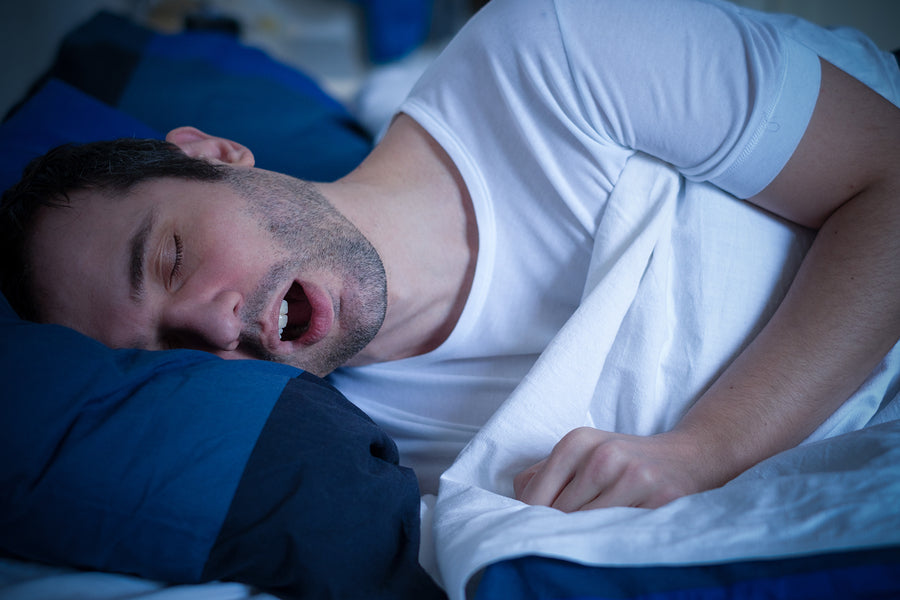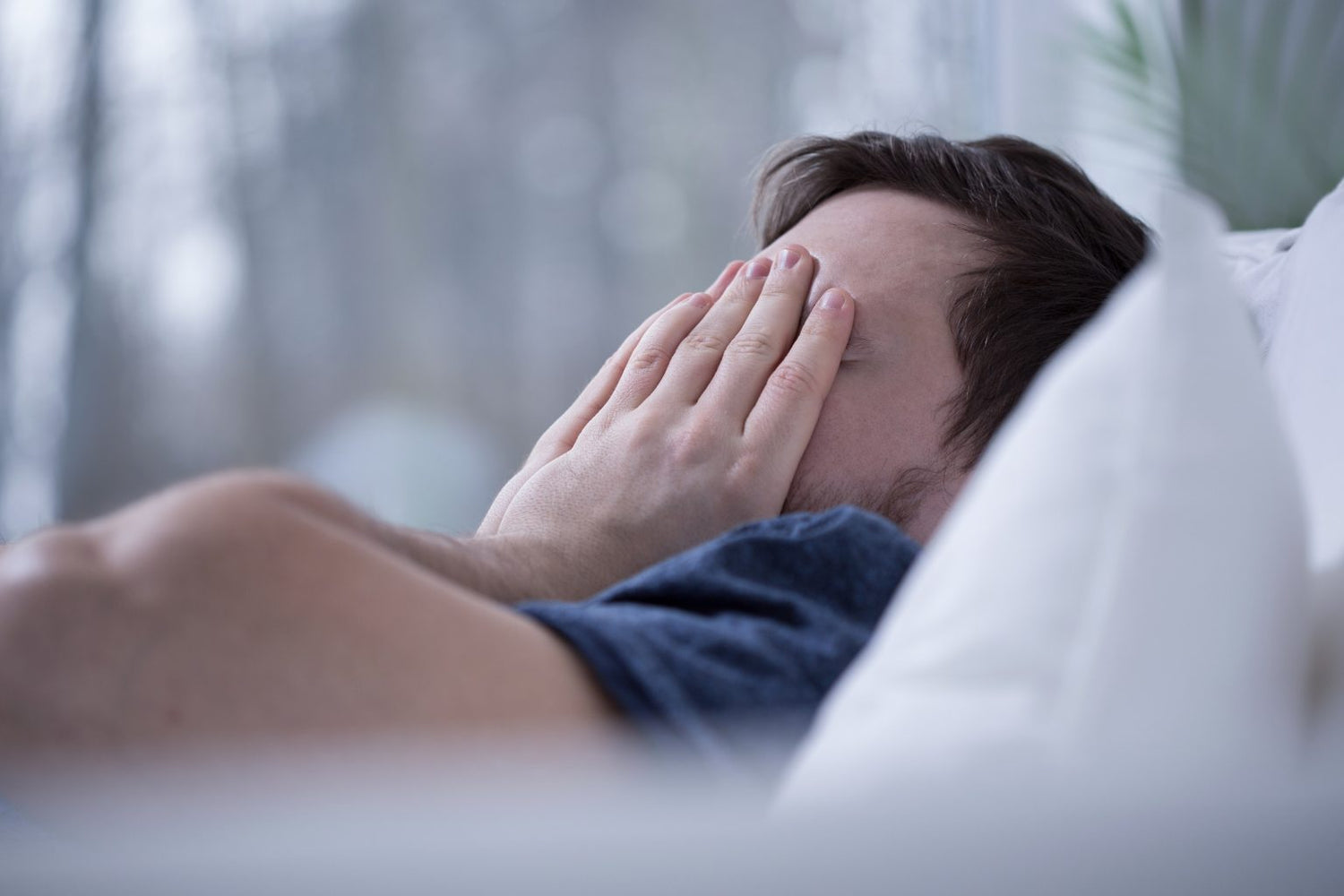Your Essential Guide to PAP Therapy
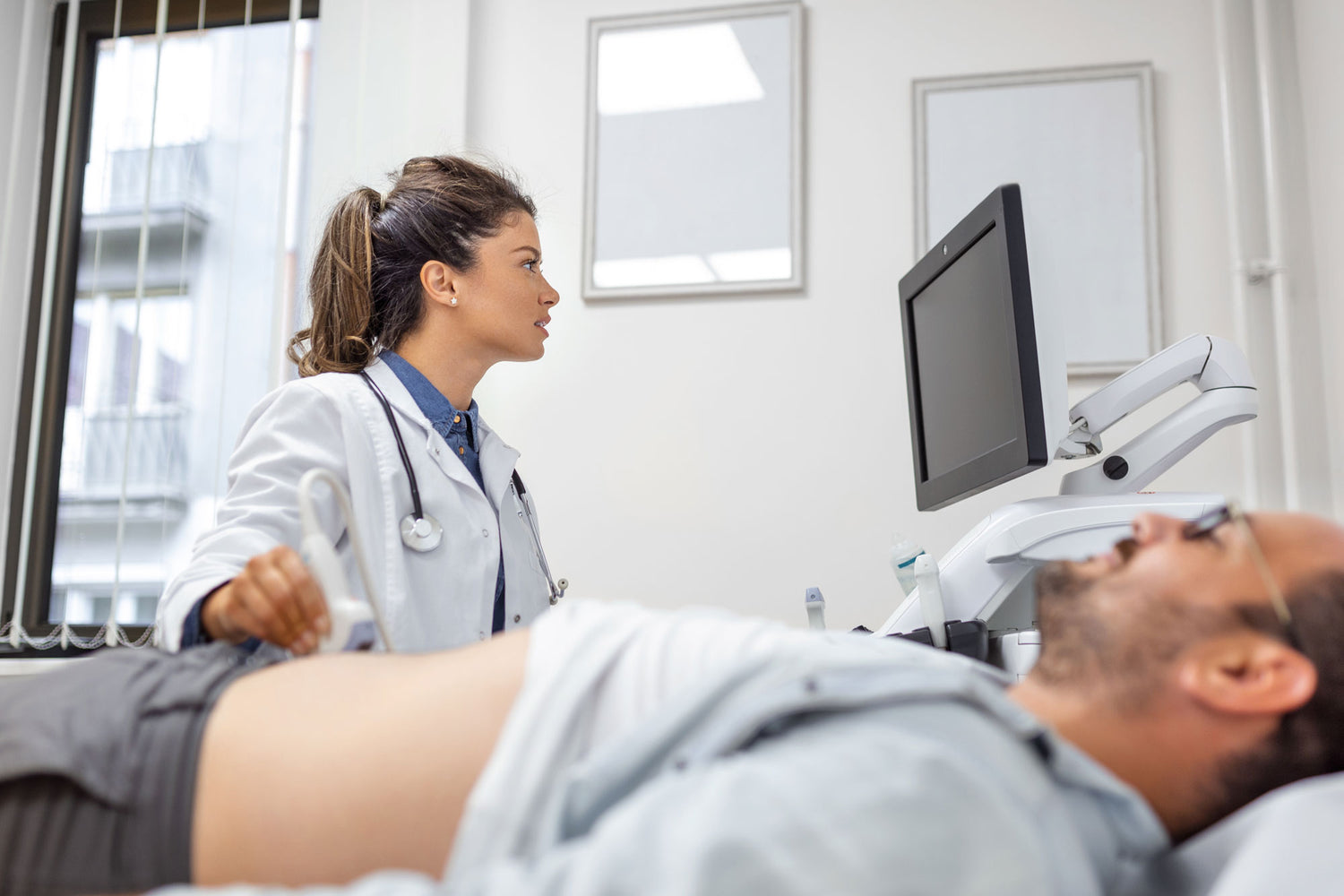
Everything You Need To Know About PAP Therapy For Obstructive Sleep Apnea
If you or a loved one has been diagnosed with obstructive sleep apnea (OSA), you’ll probably need to become familiar with PAP therapy. Often also known as CPAP therapy, PAP therapy is the ‘gold standard’ for managing OSA. That means it’s the best option available, against which other therapies are measured.
This guide covers the essentials of PAP therapy for sleep apnea treatment, including why it’s the benchmark non-surgical sleep apnea solution, and tips for getting used to PAP therapy at home.
Read on for helpful tips to approaching to PAP therapy and get your most frequently asked questions, answered;
- What is PAP therapy?
- The benefits of PAP therapy
- What is OSA and what happens to your body during apnea?
- Why is sleep essential for good physical and mental health?
- Getting used to your sleep apnea therapy
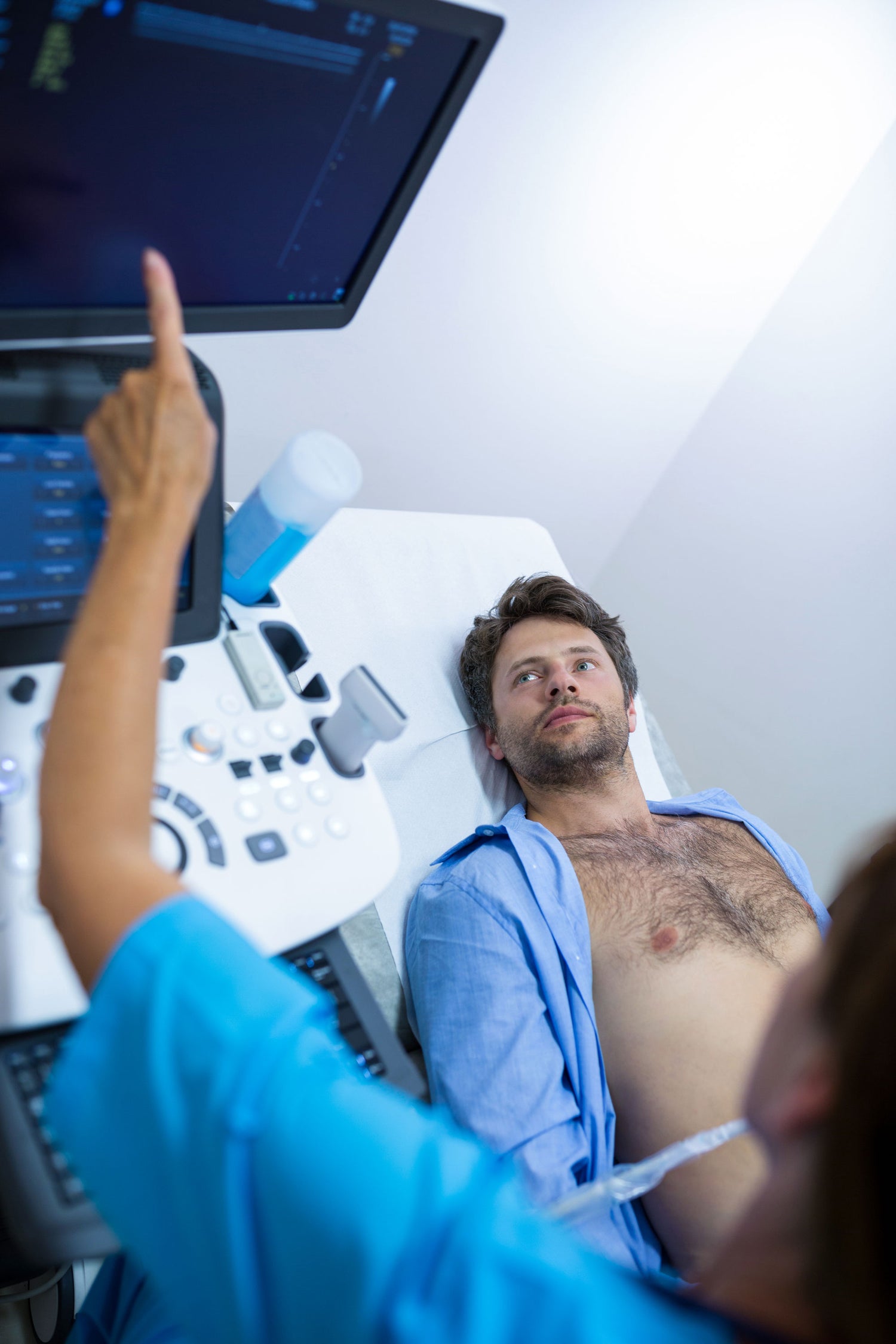
PAP therapy has been used for almost 40 years. CPAP was invented in 1981 by Professor Colin Sullivan, who at the time was a Senior Lecturer in Medicine at the University of Sydney and Honorary Physician at Royal Prince Alfred Hospital.
Since then, positive airway pressure (PAP) has become the treatment of choice for people with obstructive sleep apnea (OSA). However, modern devices are much smaller, quieter and more efficient than those of yesteryear.
There are three main devices that are used in PAP therapy: the pump, the mask, and the tube that connects them.
The pump can deliver either a fixed air pressure or variable air pressure that is automatically calculated.
Masks generally fall into one of three categories:
- A nasal mask which covers your nose.
- A ‘nasal pillow mask’ that sits under your nose.
- A full mask which covers your mouth and nose.
A well-fitting mask with a good seal will ensure your PAP therapy works most effectively.
PAP therapy masks come in a wide range of styles and sizes to suit different people. This means there’s an array of options for finding the sleep apnea mask that’s most comfortable for you.
Your CPAP therapy consultant can help you choose a mask that will best suit your sleep apnea treatment needs.
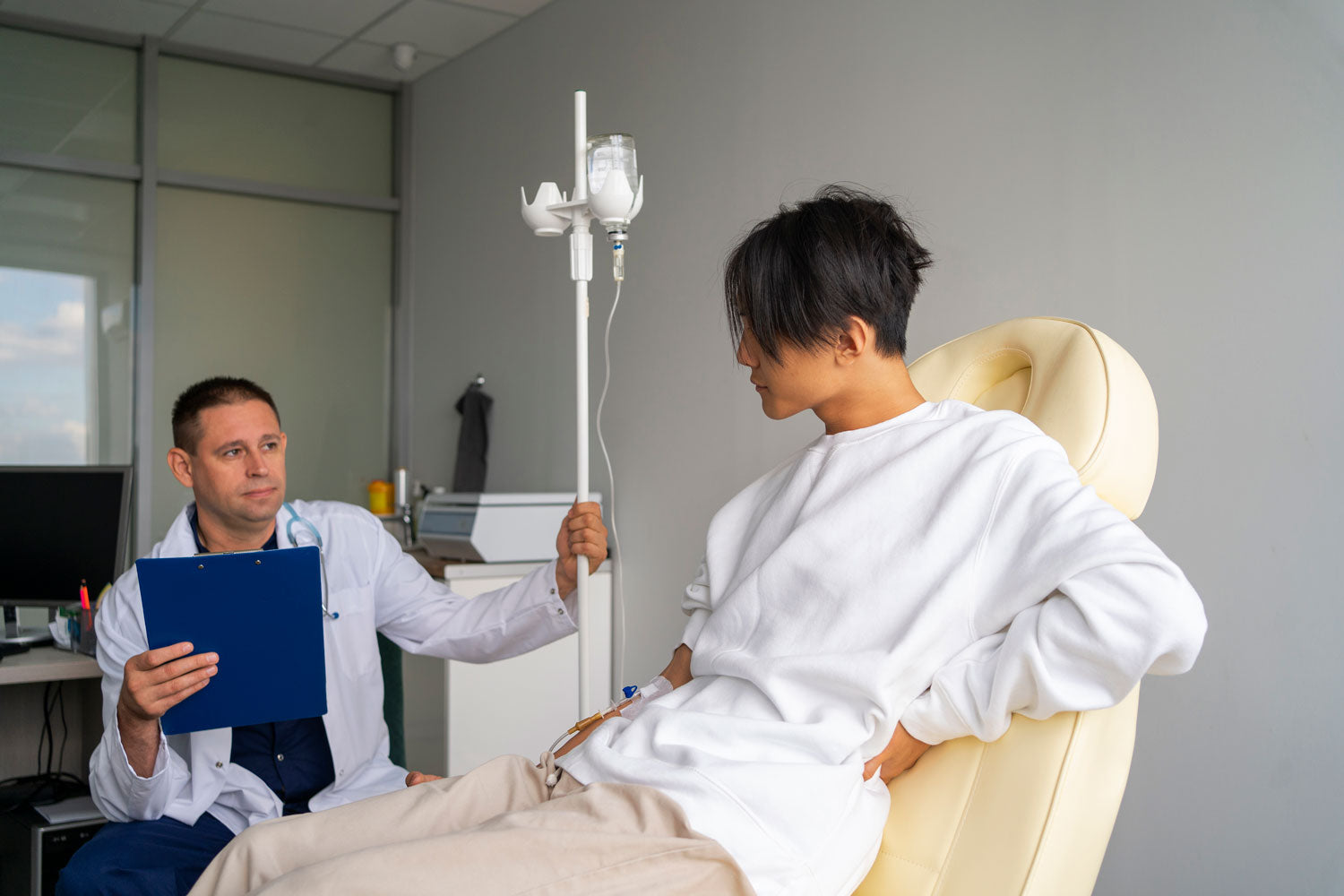
Your CPAP therapy consultant will help you choose a mask that best suits your needs
Your CPAP therapy consultant will provide the right equipment and instructions for the PAP therapy to be carried out safely. Side effects may occur and are minimal. They may include drying of the airways or a stuffy or runny nose. This is usually only temporary and can be fixed by fitting a humidifier to the PAP device to moisten the air flow.
Most problems with sleep apnea and snoring solutions can be avoided or fixed by finding the right PAP equipment for your needs.
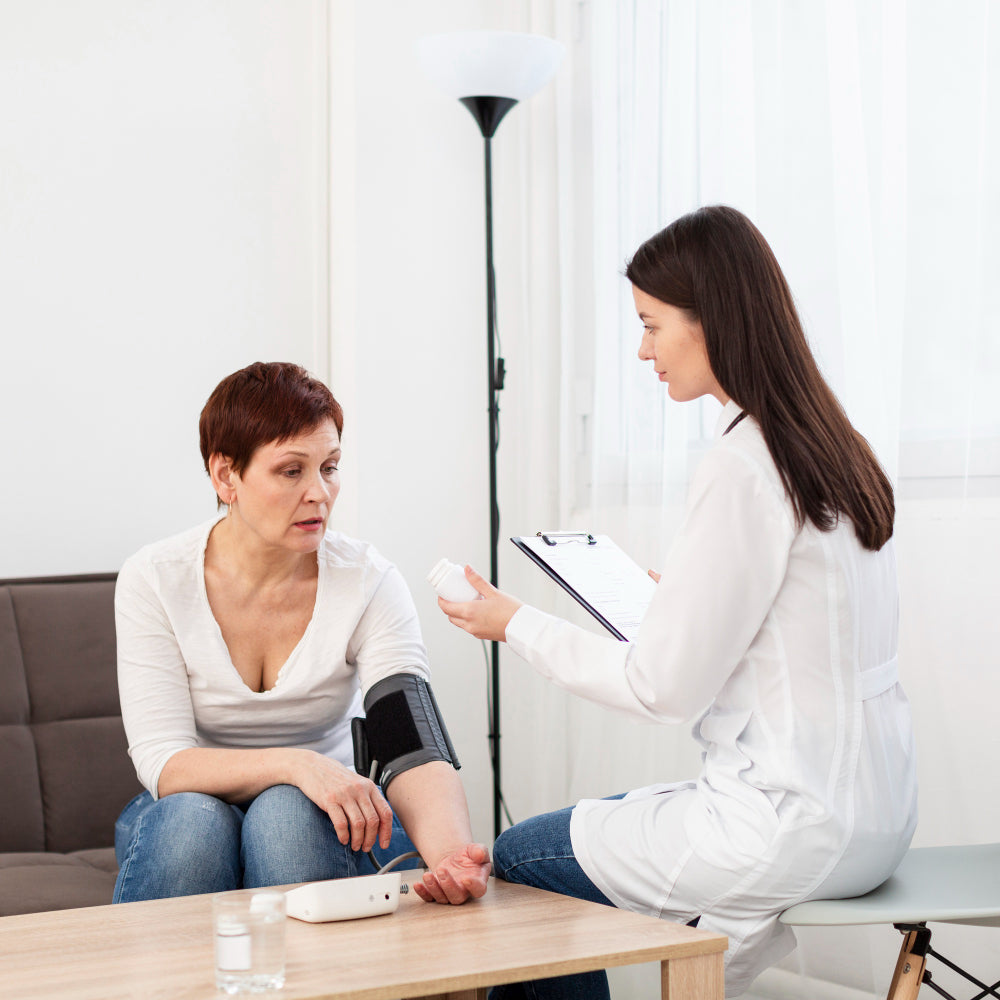
The benefits of PAP therapy
If you’ve had a sleep apnea test and been diagnosed with OSA by a health professional, PAP therapy has many benefits. It’s the most widely used and successful non-surgical sleep apnea treatment option.
The benefits of PAP therapy include:
- Improved sleep quality (more about the importance of sleep for mental and physical well being below)
- Eliminated or reduced snoring
- Reduced daytime fatigue/sleepiness
- Enhanced concentration and focus
- Lower blood pressure
- Increased energy
- Improved mood
- Enhanced libido
What is OSA and what happens to your body during apnea?
Sleep apnea is a disorder that involves an interruption of breathing during sleep. In people with OSA, the muscles controlling the soft palate and tongue relax while they’re asleep. This causes the upper airway to close, either partially or completely.
This leads to a drop in oxygen levels, which can deprive the brain and body of oxygen. The drop in oxygen alerts the person’s brain to wake them up briefly to re-open the airway. This disrupts sleep and triggers the body’s stress response, which may lead to adverse health consequences over time.
An episode of apnea is defined as a cessation of airflow for ≥10 seconds. Hypopnea is a 30% reduction in airflow lasting ≥10 seconds with at least a 3% drop in oxygen saturation from baseline levels.
People with untreated OSA stop breathing repeatedly during sleep, sometimes even hundreds of times per night.
Think you or a loved one could have OSA? Take a short self-screening test here .
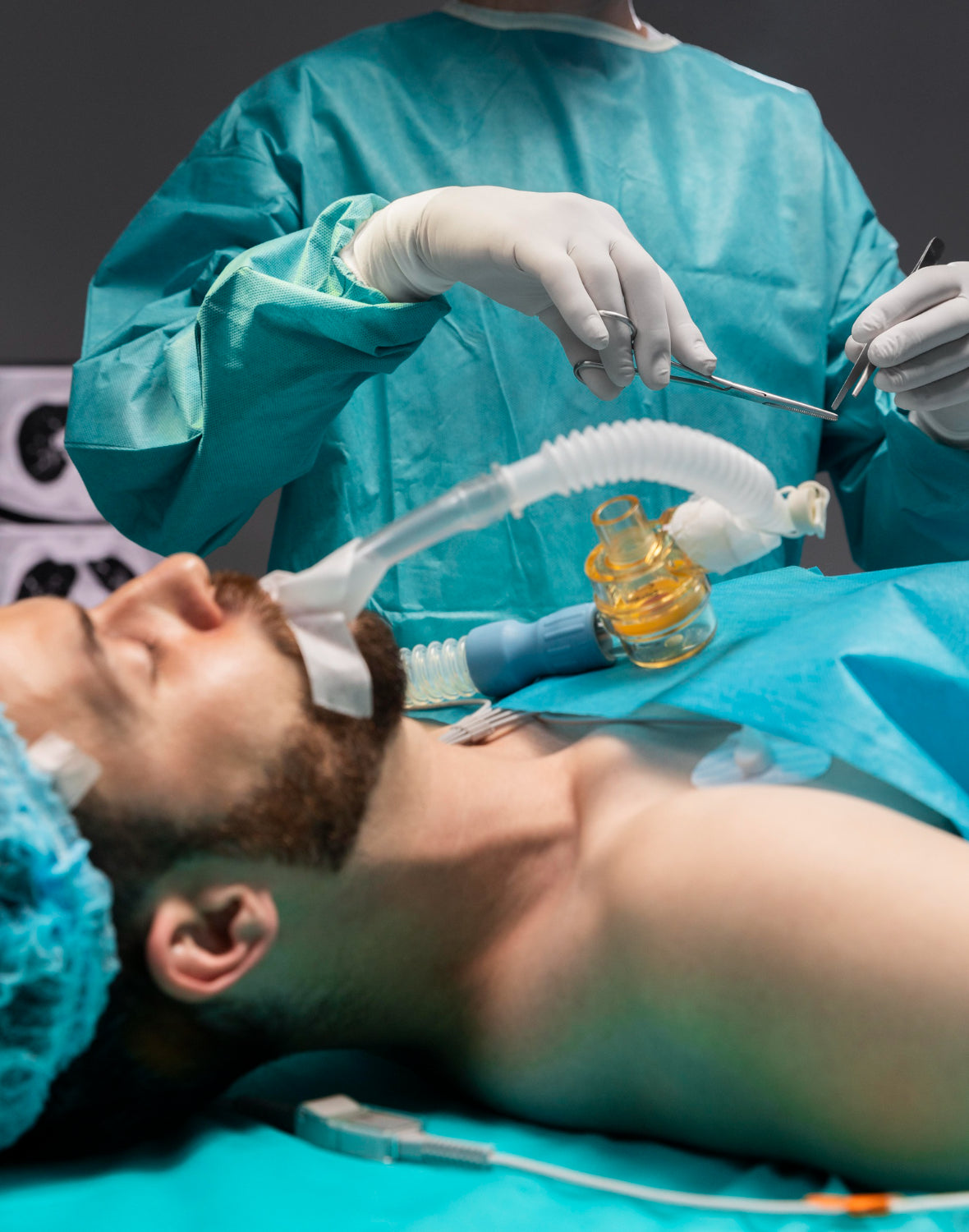
Some OSA facts and figures
- OSA is one of a group of conditions known as ‘sleep-disordered breathing’, which also includes central sleep apnea and nocturnal hypoventilation.
- A 2019 report published in medical journal The Lancet estimated one billion people globally are affected by OSA, with prevalence reaching 50 percent in some countries (Benjafield et al., 2019).
- Obesity is the strongest risk factor for developing OSA, with estimates indicating 58% of moderate to severe OSA is due to obesity. However, the link seems to work both ways. That is, people with OSA are also at greater risk of developing obesity. Leaving OSA untreated can also increase difficulties with weight loss (Hamilton & Joosten, 2017).
- Other risk factors for OSA include smoking, abnormalities of the face or upper airway (eg large tonsils or tongue, a small jaw bone or a deviated nasal septum), family history of OSA, large neck circumference, endocrine and metabolic disorders, and excessive consumption of alcohol or use of sedative medications.
- OSA has consistently been reported as more common in men than women. However, differences in the way symptoms present means females with sleep disordered breathing (including OSA) are often under-diagnosed and under-treated compared to males (Bonsignore et al., 2019).
- A 2016 study of Australian men found that, compared to those without sleep apnoea, those with sleep apnea had significantly poorer physical, mental, and self-rated health. They also reported lower subjective wellbeing and poorer concentration/memory (Senaratna et al., 2016).
- Children can also be affected by OSA. A 2016 study of 301 Australian children aged 3 to 17 found ethnicity and parental smoking were significant risk factors for moderate to severe OSA. Obesity was also associated with OSA but only in primary school‐aged children (Tamanyan et al., 2016).
- Along with snoring, common signs and symptoms of OSA include headaches, low energy, frequent nocturnal urination, daytime sleepiness, difficulty concentrating, and night-time coughing, choking or gasping.
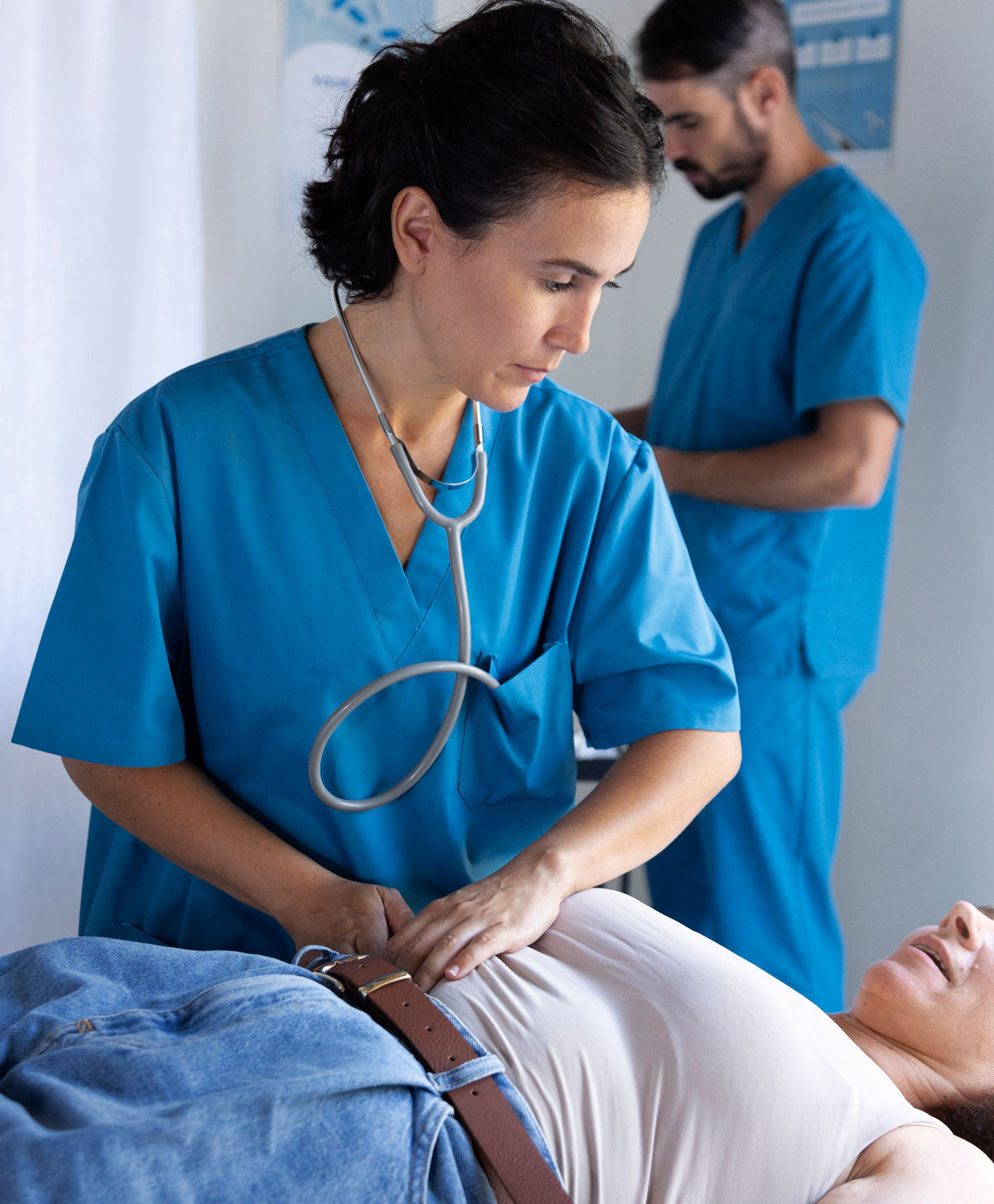
What are the risks of going untreated?
If left untreated, OSA can lead to a deterioration in your health and wellbeing and also interfere with everyday activities like work and study. It can be related to memory problems, trouble concentrating, academic underachievement in children, and even a higher risk of motor vehicle accidents.
If you suspect you or a loved one has OSA, it’s vital to get a diagnosis through your local health professional. The signs and symptoms of OSA overlap those of several other conditions, so it’s important to ensure your symptoms are caused by OSA and not another health condition. Only a health professional can provide this assessment.
IF SYMPTOMS PERSIST while on PAP therapy, TALK TO YOUR HEALTH PROFESSIONAL .
A sleep apnea test is used to check for episodes of apnea during sleep. Special equipment monitors your breathing and oxygen levels while you sleep. You may need to visit a sleep study clinic, but portable equipment is increasingly making it possible for people to do a sleep apnea test at home.
A home-based sleep study test involves a non-invasive recording of your sleep that is performed overnight while you sleep at home.
If you think you may be at risk of sleep apnea, start by talking to your GP. You can download a referral and book a sleep study test here.
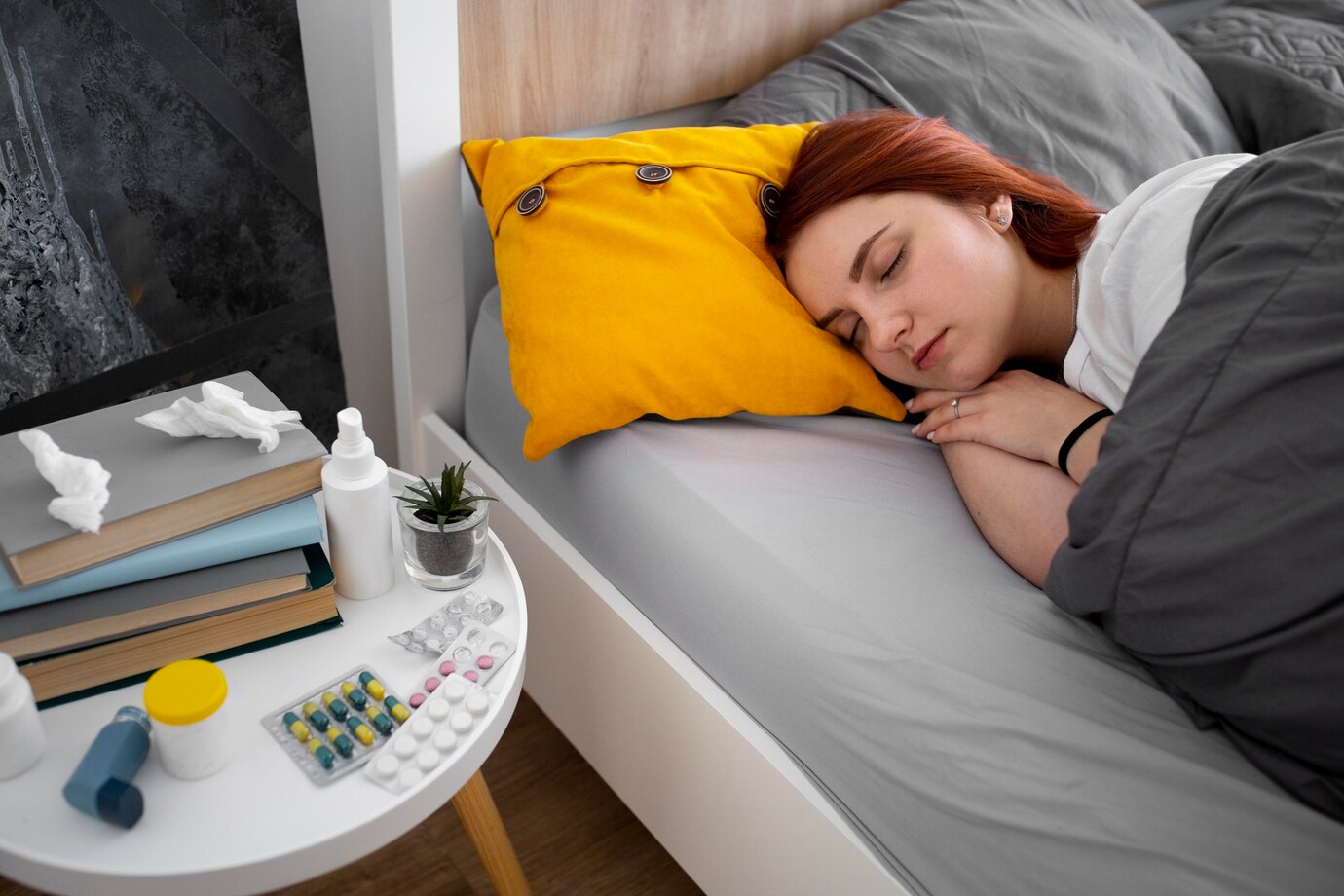
Why is sleep essential for good physical and mental health?
Along with good nutrition and adequate physical activity, sleep is a crucial pillar for mental and physical wellbeing.
Research highlighting the importance of getting adequate, high-quality sleep continues to mount. During sleep, your brain and body are restored, and many vital bodily processes take place.
Numerous studies have shown that insufficient sleep increases your risk of developing serious health conditions.
Lack of adequate sleep over time has even been linked with a shortened lifespan (Grandner et al., 2010).
A 2018 report by Vic Health and the Sleep Health Foundation points out that poor sleep has been associated with poor current and future mental wellbeing across all age groups (Richardson et al., 2018).
Getting used to your sleep apnea therapy
So, you’ve received a sleep apnea diagnosis from your healthcare professional and are ready to get started with treatment. That means you’re on the way to better health and reducing the risks associated with untreated sleep apnea.
Unfortunately, many people give up on their sleep apnea treatment without giving it a chance to work.
Here’s some tips and strategies for helping you make the adjustment to PAP therapy, so you can start reaping its benefits as soon as possible.
1. Give yourself time to adapt
Everything worthwhile doing takes time and perseverance to get the best results. Getting used to your PAP therapy is the same. Everyone is different, and some people adapt more quickly than others to wearing a mask at night.
Be patient with yourself and with the device. It’s better to build up gradually than try too hard too early and then give up.
2. Allow enough time to experience the benefits
While some people have greater energy, clarity and focus after their very first night on PAP therapy, it takes longer for others.
Most people start experiencing the benefits of better sleep within two weeks of beginning PAP therapy. However, if you’re still getting used to it and only using your device for a few hours per night, it might take a bit longer.
3. Make sure your mask fits well
Having a comfortable mask is essential for ensuring your PAP therapy will be successful. A well-fitting mask will help you get a good nights’ sleep and therefore use your PAP device regularly.
When choosing a PAP mask, consider factors like:
- whether you experience claustrophobia
- whether you have any facial hair
- the shape of your face
You’ll want to find out which mask type is most comfortable on your face, and which straps best hold it in place. Try on as many different styles and sizes as possible to help you discover which you like best.
4. Use your PAP machine during the day
When you’re first getting used to your PAP therapy, try using your device during the day for short periods. You could pop it on while you’re reading, watching TV or working/studying at home.
5. Use your PAP device’s ‘ramp’ function
Most PAP devices have what’s called a ramp mode. This means it can be set up to start with a lower pressure that gradually builds up to the pressure needed to manage your sleep apnea over 15 to 30 minutes.
Some people find that beginning at a lower pressure can make PAP therapy more comfortable while they fall asleep.
ALWAYS READ THE INSTRUCTIONS FOR USE for your PAP therapy equipment to ensure it is used safely and as intended.
6. Use your PAP device every time you sleep
Once you’re used to your PAP device, try to use it every time you sleep, even if it’s just for a nap. The more regularly you use it, the better the chances of transitioning to the PAP therapy quickly.
7. Don’t hesitate to ask for help
Everyone involved in your care – and your partner and family, too! – are invested in seeing you succeed with sleep apnea treatment.
If you have any concerns about your device or your treatment, don’t be afraid to seek help from your local CPAP therapy consultant or health professional. Almost every problem can be solved quickly and simply with the right support and advice.
IF SYMPTOMS PERSIST while on PAP therapy, TALK TO YOUR HEALTH PROFESSIONAL .
8. Focus on why you’re doing it
PAP therapy is all about supporting you to sleep better so you can live a fuller, healthier and a fulfilling life.
People with OSA often stop therapy because they think they have been cured. However, it’s vital you stick with it as PAP therapy is a treatment, not a cure.
Persevering with your treatment will help to reduce your risk of developing chronic diseases.
It will also help you enjoy greater energy, alertness, memory and mood. Not only will you be glad you persevered, so will your partner, family and colleagues.




